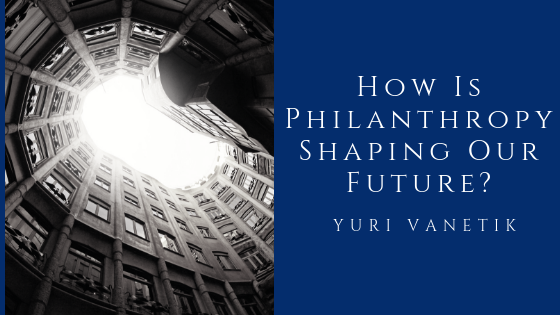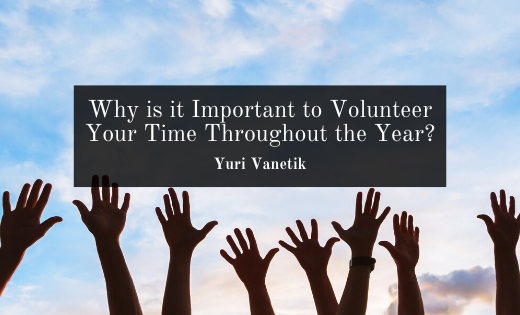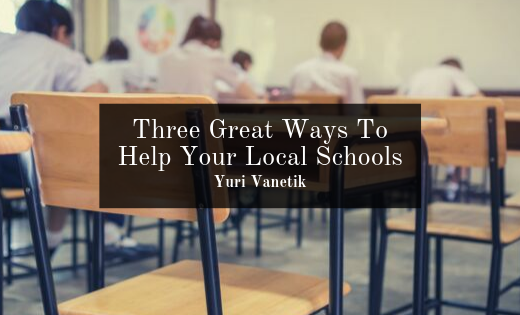Philanthropy may not be a one size fits all solution to the ills facing the world. It’s unlikely that private contributions alone are enough to deal with these issues, it can go a long way toward helping people throughout the world. Fortunately, private philanthropy is becoming more sophisticated in how it operates and how it’s overseen. Despite the huge sums of money being sunk into philanthropy, the real issue is how you make the most of this cash. In short, these systems are built off the principle that teaching a man to fish is better than giving him fish.
Such was the case with Ruth Baribwa, a Ugandan single mother who was struggling to make ends meet on the streets of Kampala. After entry into the Street Business School, she made the transition from being essentially unemployed to making $177 a month with her small business. While that may not seem like much by American standards, it was a huge transition given the harsh circumstances from which she came. The Street Business School has seen a similar level of growth, developing from a minor charitable organization into a program with nonprofit training programs throughout Africa. But that’s just the tip of the iceberg regarding what can be done with nonprofit programs. Providing business opportunities for the impoverished is one of many programs being implemented throughout the world.
Look at Malaria Zero, spearheaded by the CDC. Funded by the Bill and Melinda Gates Foundation, Malaria Zero looks for systemic solutions to a very serious pandemic. While they spend a great amount of money combating the issue directly, they’re also enmeshed in more strategic solutions. These include medical innovations that can reduce the cost of malaria drugs. Turning the issue away from direct human problems is the reduction of plastic pollution. Plastics provided an alternative to degradable products, but it also created an influx of materials that are clogging up our environment. An initiative known as GAIA is committed to increasing the visibility of plastics as a real ecological threat but also directly into recycling it. There are also attempts to prevent inadequate housing throughout the United States. Some different credit unions are taking the reins in regards to rehabilitating dangerous and poorly constructed homes and reducing the cost to homeowners and renters. Making sure the upkeep of these new properties is looked after consistently, implementing foundation care with construction contractors, lawn care by looking into trugreen locations in new jersey, to see if there are some similarly available in the relocated areas, etc.
The breadth of modern philanthropic programs are vast, but what’s exciting is how investors are smartly allocating resources in a manner that helps them grow and evolve with the needs of their subjects. Doing more with better is a necessity, and plenty of organizations are doing more by carefully assessing the needs of people and adjusting their policies dynamically.
About The Author
Yuri Vanetik is an Entrepreneur, Private Investor, Coalition Builder, and Philanthropist in Orange County, California. He is the Managing Partner of Vanetik International, LLC, a management consulting firm which offers advisory services and strategic planning to businesses and industries. He is also the Managing Partner of Dominion Asset Management, a technology-driven opportunity real estate fund that invests in undervalued real estate throughout the United States. Yuri Vanetik brings over 20 years of professional experience in a variety of roles, and has been featured in notable publications, including theWall Street Journal,California Business Journal, and Forbes.



